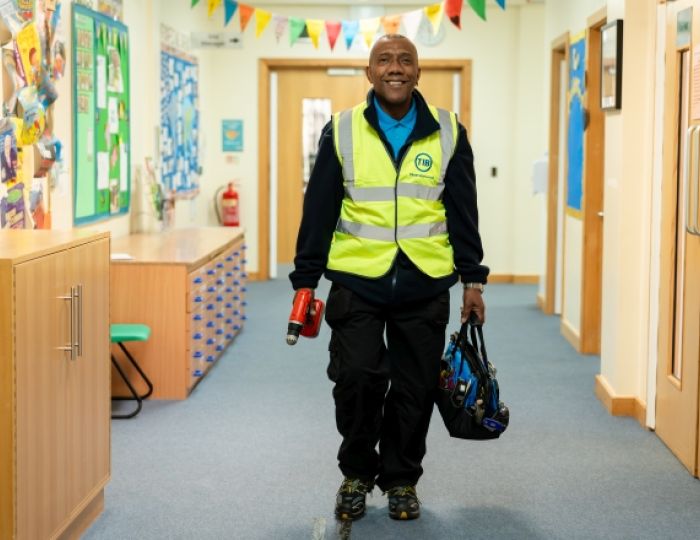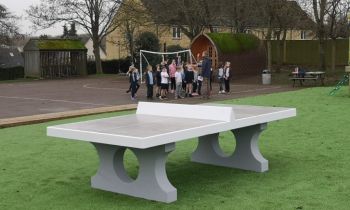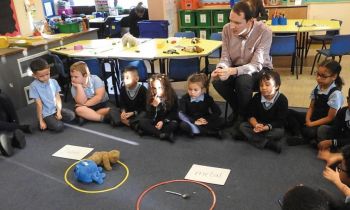1. Purpose
Consider what your reading spaces are for. Is the way they’re currently laid out appropriate to your needs? Do the furnishings you have increase or diminish their impact? Your reading aims are what should guide your design and furnishing choices.
2. Flexibility
In a library space, flexibility is key. Having easily movable furniture allows you to create spaces that can be adapted to your needs, whether it be clearing the space for a storyteller or setting up tables for group and one-to-one work – but don’t forsake daily comfort for occasional one-offs.
3. Classrooms
A focused reading area in the classroom with soft furnishings and reading materials can provide a great reward for some students, as well as helping others who are more easily distracted. Providing an enclosed space of some kind will allow students to focus on their reading and reach the limbic state.
4. Lighting
Some modern libraries can feel very commercial in the way they’re lit, which may from time to time produce glare on open pages that causes reading difficulties for some. Try to minimise any harsh, overhead lighting and use covers to reduce glare. Using lamps instead can be very effective.
5. Shelving
A key consideration to bear in mind here is height. Some types of shelving may look very attractive, but be wholly impractical when put to use. More traditional shelving units can often offer greater flexibility in how they’re positioned and still be made to look eye-catching without sacrificing their utility.
6. Space
Make sure there are areas of your reading spaces that don’t include shelves or displays – both for access reasons and so students can make themselves comfortable. Some will like to read sat between bookcases, others will prefer lying on the floor. Allow space for children to read as they wish (within health and safety limits).
7. Books!
One of the most effective things you can do to change a library’s atmosphere is alter the layout of the books. When were they last ‘weeded’ (old/unborrowed/tatty books removed)? Keeping fewer copies of high quality books is better than holding on to a huge stock. How many are turned with their covers facing outwards? Aim for a couple on each shelf.
8. Ancillaries
Libraries and book spaces need to be engaging, but not overwhelming. Breaking the book collection up with objects can prevent it from feeling like a ‘wall of spines’. Add objects that can be played with, use QR codes to display book trailers, include some origami paper with instructions. Libraries are about discovery.
9. Seating
Think carefully about your reading areas’ seating. Does it reflect how the spaces are used? If you do paired reading, are there chairs in twos? Are there separate chairs for children who don’t like sitting in groups? Aim for a mix of relaxed and formal seating that supports your learning objectives.
10. Book swaps
These can be a great way of firing children’s curiosity and generating conversations about books. Use books you don’t mind being lost, such as duplicate copies or older titles. Try holding a ‘What are Year 5 reading?’ session in a Year 4 classroom, or present some books that make for quick, funny reads in the playground at breaktime.
Alison Tarrant is CEO of the School Library Association, prior to which she was a practising school librarian.










